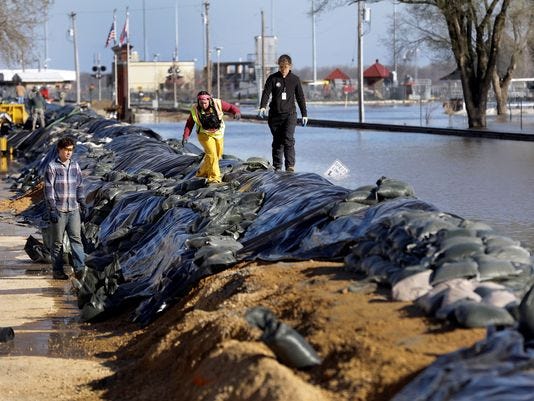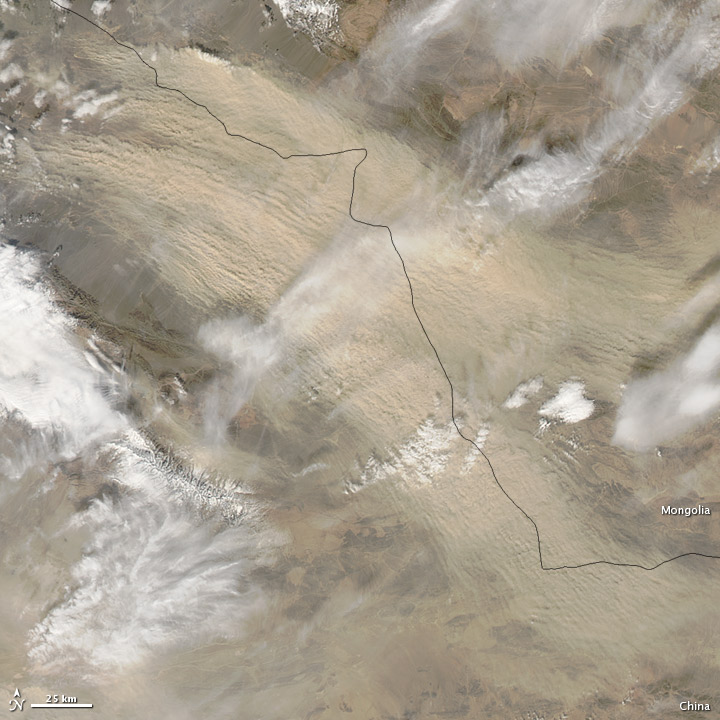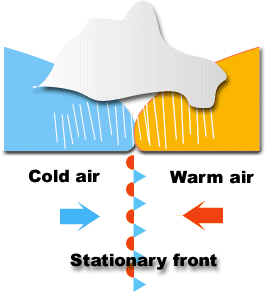
Tornado is such a common word heard all around the United States, but believe it or not tornadoes occur almost every where around the world as well. In fact, New Zealand reports about 20 tornadoes per year.
Although it is not fully understood how tornadoes form, we do know that the most destructive tornadoes form within a rotating supercell thunderstorm. Basically, what I mean is that if thunderstorm is rotating, so there is a good chance that other things with in the thunderstorm are rotating as well.
Now when the Storm Prediction Center, SPC, issues a tornado watch, this means that the conditions are FAVORABLE for a supercell thunderstorm to form and possibly a tornado. When a tornado warning is issued this means that a tornado has either been sighted or indicated by radar or a funnel cloud has been sighted. When a tornado warning is issued for your area take cover immediately!!
So what can you do if you are outside with no radar... look to the clouds of course! I am going to show you two different clouds to look for the first is called a Wall Cloud, which is pictured below. The second picture below I took, it is also of a wall cloud, it is just not as well defined as the first one. If you see this get ready it's about to get nasty!
Another cloud that could mean that severe weather is on the way are called Mammatus clouds. While, you can see mammatus clouds without severe weather. If you know that there could be severe weather that day and you see these clouds, get ready for a nasty storm to roll on through. Remember also that these clouds can be seen after a storm as well! I also put one of my pictures that I took of some mammatus clouds.

Photo From:
dvice.com
wunderground.com
wiki.com













